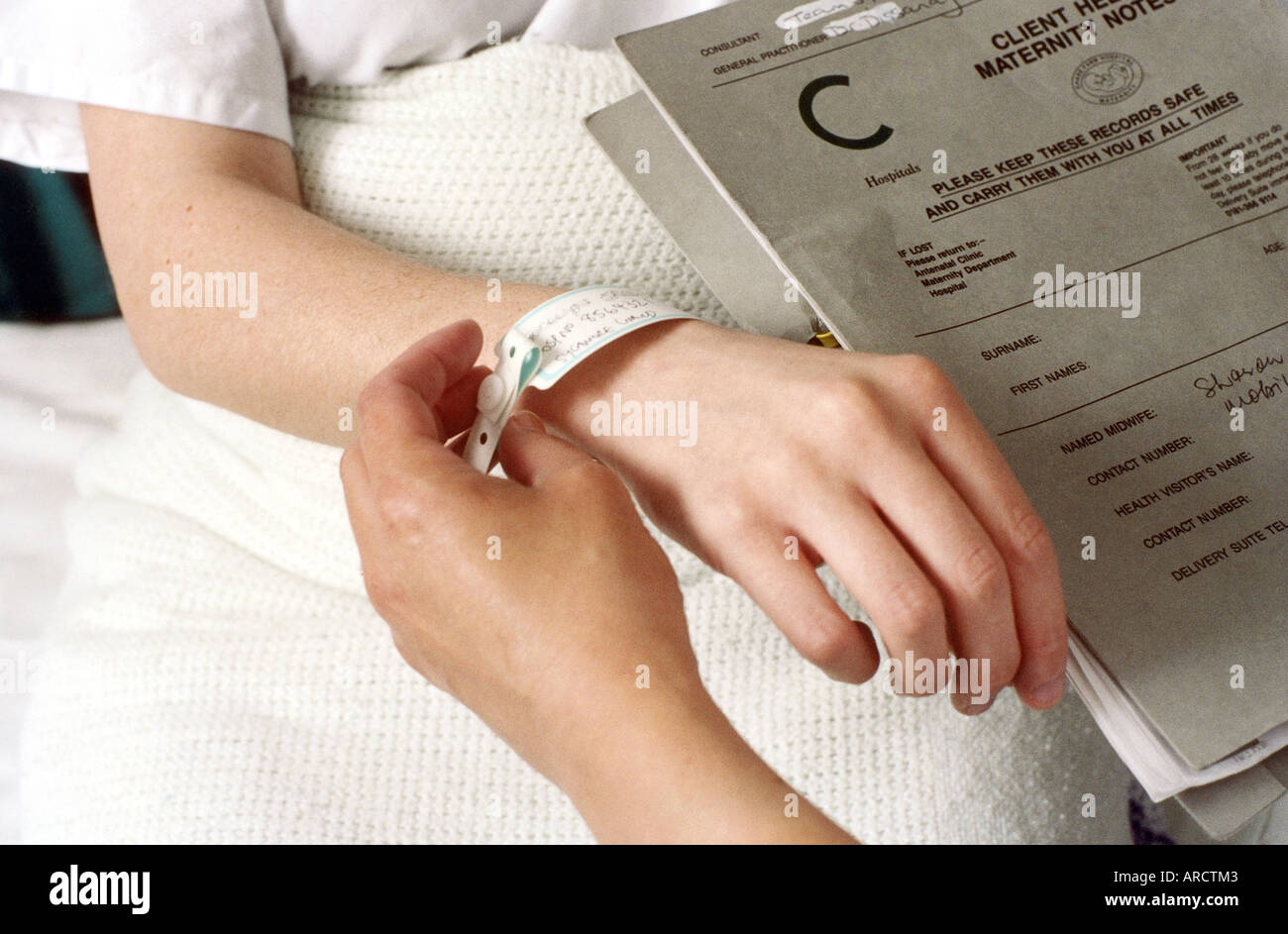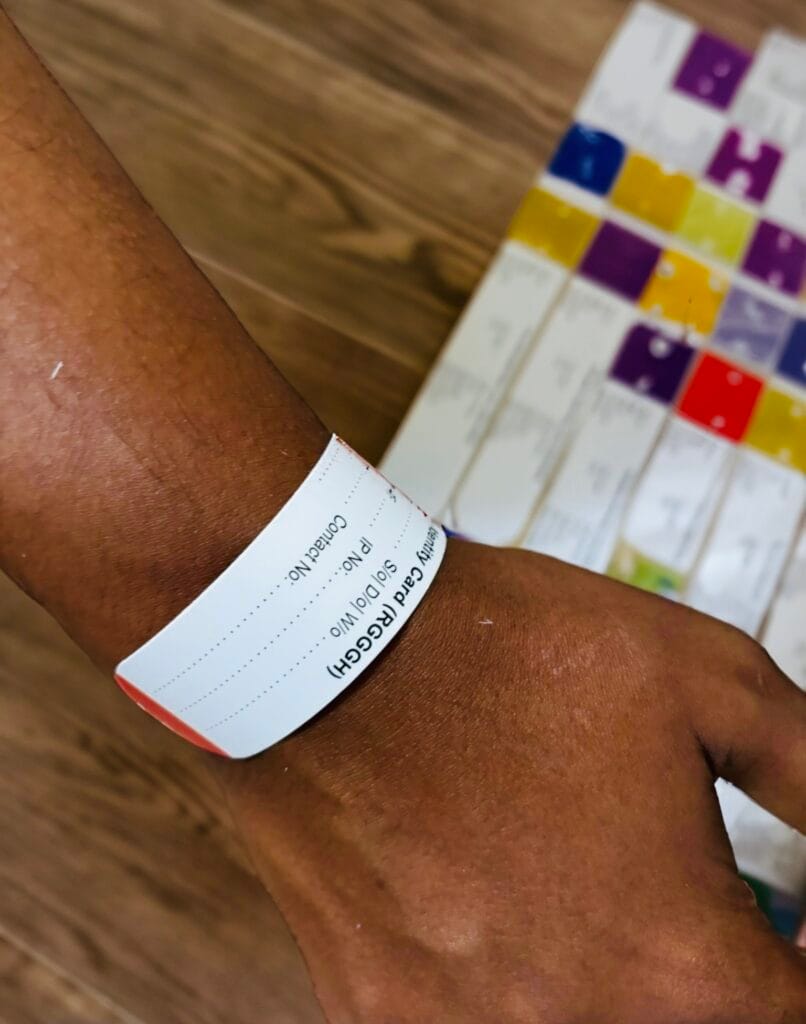Why Healthcare Facilities Select Patient Identification Band for Reliable Patient Tracking
Why Healthcare Facilities Select Patient Identification Band for Reliable Patient Tracking
Blog Article
Enhancing Safety: The Significance of Individual Identification Bands in Health Care
In the realm of health care, the efficiency of patient identification bands can not be overstated, as they function as an essential protect against misidentification and subsequent mistakes. These bands, commonly neglected, consist of vital details that is crucial for making certain patient safety and optimum therapy outcomes. The implementation of reliable identification protocols positions a number of challenges that medical care service providers must navigate. As we explore the multifaceted duty of these bands, it becomes evident that their significance extends beyond simple identification, questioning concerning ideal practices and future advancements in individual safety and security.
Overview of Person Recognition Bands
Client recognition bands play a critical function in guaranteeing the security and precision of person care in health care settings. These bands, normally endured the wrist or ankle joint, act as an important device for validating patient identification, therefore minimizing the danger of errors in therapy, medicine management, and various other medical care procedures. Made from long lasting products, patient recognition bands often include essential details such as the individual's name, day of birth, medical document number, and barcodes or QR codes for scanning.
The application of patient recognition bands is vital in numerous health care atmospheres, consisting of healthcare facilities, outpatient facilities, and lasting care institutions. They contribute to an organized method in individual monitoring, allowing health care professionals to promptly and accurately determine people, especially in high-pressure situations where speedy decision-making is essential.
Moreover, the use of these bands is lined up with regulative criteria targeted at boosting client safety and security - Patient Identification Band. By guaranteeing that each client's info is readily accessible and easily verifiable, healthcare service providers can keep a high criterion of care, decrease the occurrence of adverse events, and foster a society of safety within medical care establishments
Benefits of Accurate Identification
Accurate identification is essential to improving individual safety and care top quality in healthcare settings. It functions as the first line of protection against errors that could lead to damaging client end results. By ensuring that each individual is correctly determined through reliable ways, such as patient recognition bands, health care providers can dramatically reduce the threat of misidentification, which can result in inappropriate treatments, medicine errors, and even medical mix-ups.
Additionally, precise individual identification helps with reliable communication amongst health care teams. When all team member can regularly identify people, they can share crucial details extra efficiently, leading to much better coordination of care. This is especially important in emergency scenarios where prompt interventions are vital.
Additionally, accurate identification sustains conformity with regulative requirements, thereby minimizing the danger of lawful consequences for health care centers. It fosters trust between clients and health care service providers, as people really feel more safe and secure knowing that their identifications are being protected.

Usual Obstacles Dealt With
Making certain efficient person identification in health care settings provides a series of challenges that can endanger safety and care quality. One considerable challenge our website is the variability in patient populaces. People may arrive in a state of complication or distress, making precise identification tough. In addition, language barriers can hinder effective interaction, complicating the confirmation procedure.
An additional challenge is the reliance on human aspects in identification procedures. Healthcare professionals may inadvertently misunderstand or neglect recognition procedures, particularly in high-stress environments such as emergency departments. This can cause errors, including the administration of incorrect therapies or medicines.
Technological issues likewise posture obstacles. Digital health and wellness document (EHR) systems are developed to simplify patient identification, system interruptions or customer errors can interrupt the process. In addition, the physical design of patient ID bands can bring about readability issues, especially in cases where bands are damaged or covered.
Last but not least, irregular training among team concerning identification protocols can cause voids in understanding and technique. Attending to these difficulties is important for boosting client safety and making sure that identification bands offer their intended objective properly.
Finest Practices for Application
To successfully execute individual identification bands in health care settings, organizations should embrace a multifaceted technique that prioritizes innovation, standardization, and training assimilation. Standardization entails developing clear procedures for the style, application, and use recognition bands throughout all departments. This makes sure uniformity and minimizes the danger of errors linked to differences in band kinds or classifying methods.


Training is vital for all health care staff to ensure they recognize the significance of exact individual identification, just how to properly review and apply recognition bands, and the procedures to comply with in case of disparities. Routine workshops and refresher course courses can enhance this understanding and advertise a culture of security.
Modern technology combination plays a crucial role in enhancing the performance of client identification bands. Making use of barcode scanning or RFID innovation can enhance the recognition process, enabling real-time verification of patient identities. Furthermore, digital wellness record systems ought to be set up to consist of informs for mismatches in between the identification band and client data.
Future Trends in Individual Safety
As medical care remains to evolve, the focus on person safety and security is most likely to increase, driven by innovations in technology and a higher understanding of systemic dangers. Arising trends show a change in the direction of even more integrated systems that utilize data analytics, fabricated knowledge, and artificial intelligence to boost patient recognition processes. These modern technologies can aid determine potential safety and security concerns prior to they escalate, thereby decreasing errors linked with misidentification.
In addition, the implementation of blockchain modern technology may revolutionize how patient information is securely shared among doctor, ensuring that identification bands are continually precise and up-to-date. This will certainly not only enhance person safety and security however also facilitate smooth interaction across multidisciplinary teams.

Additionally, the expanding concentrate on personalized medicine is expected to influence person safety protocols. By incorporating hereditary and group click to investigate info right into identification systems, medical care specialists can tailor therapies more successfully, minimizing the risks of websites adverse responses because of misidentification.
Verdict
To conclude, individual recognition bands act as an important element in improving safety and security within health care atmospheres. By assisting in accurate person recognition, these bands significantly decrease the threat of errors related to misidentification, unacceptable treatments, and drug administration. Regardless of challenges in implementation, adherence to best techniques and the integration of arising technologies can further improve their efficiency. Eventually, the ongoing focus on robust recognition methods will contribute to enhanced client results and total safety and security in health care settings.
In the realm of health care, the effectiveness of person identification bands can not be overemphasized, as they offer as an essential safeguard against misidentification and subsequent errors.Person recognition bands play a crucial role in making sure the safety and security and accuracy of client care in medical care setups. Made from resilient materials, individual identification bands often consist of essential information such as the patient's name, day of birth, medical document number, and barcodes or QR codes for scanning.
By ensuring that each patient is appropriately determined with reputable methods, such as client recognition bands, healthcare companies can substantially decrease the danger of misidentification, which can lead to improper treatments, medication errors, and even surgical mix-ups.
In conclusion, client identification bands serve as an important component in enhancing safety within healthcare settings. Patient Identification Band.
Report this page